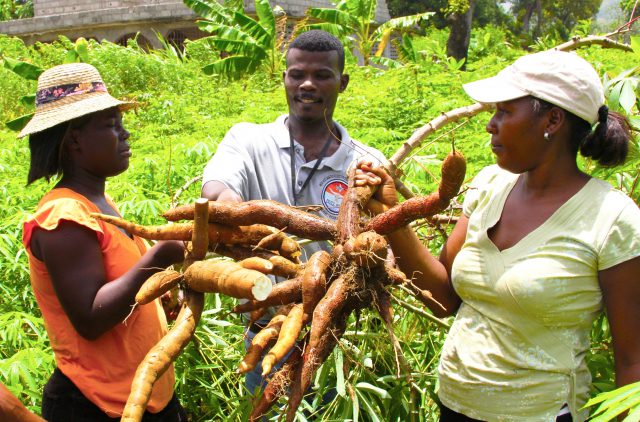
by Matt Lollar | Jun 9, 2017
Cassava, also called yuca (not to be confused with the ornamental plant Yucca), tapioca, or manioc in other regions of the world, is a tropical root crop native to South America. Cassava belongs to the Euphorbiaceae family, which is known for plants with milky sap...
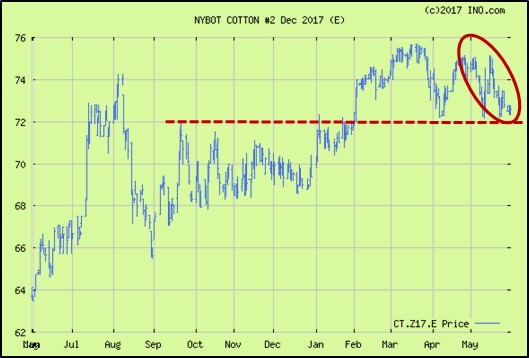
by Doug Mayo | Jun 2, 2017
According to the latest USDA Crop Progress report, the US cotton crop was 63 percent planted as of May 28th—essentially at the average for that date. In the Southeast, planting progress is at a normal level with exception of North Carolina and Virginia being behind...
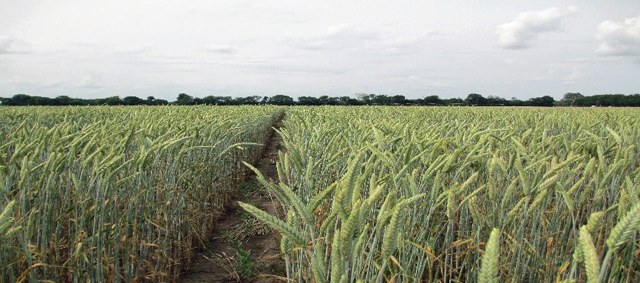
by Ann Blount | May 19, 2017
Ann Blount, Cheryl Mackowiak, Nick DiLorenzo and Jose Dubeux, UF/IFAS NFREC Marianna Triticale is a winter forage that is gaining in popularity in the Southeast. The name might sound unfamiliar (pronounced trit-i-kay-lee), but it has become increasingly sought after...

by Ethan Carter | May 19, 2017
Planting season is well under way, with some producers nearing completion of peanut, and cotton planting. Annually, thrips are problematic in early panted cotton and peanut. It will be important to keep an eye on thrips populations as seedlings emerge, and the weeks...
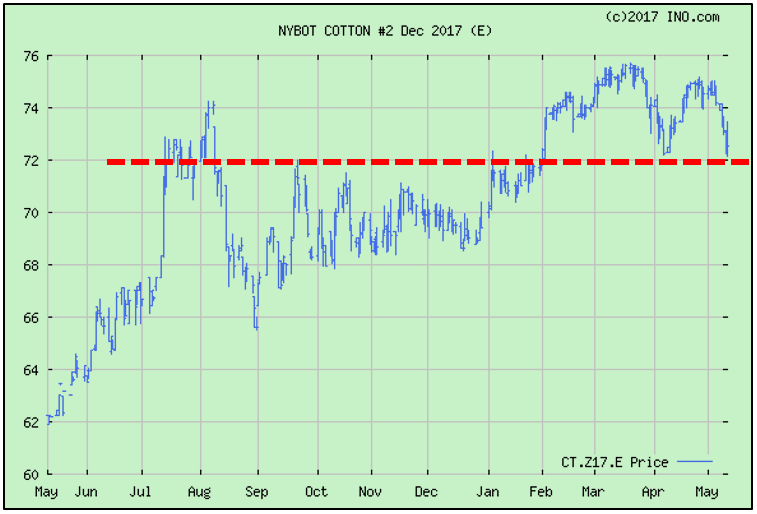
by Doug Mayo | May 12, 2017
Many years ago, a young man didn’t take his schooling serious enough and ended up spending some time at lovely Fort Polk, Louisiana. That young man was me and that was my wake-up call. It forever changed my life. I believe the cotton market might be getting a...
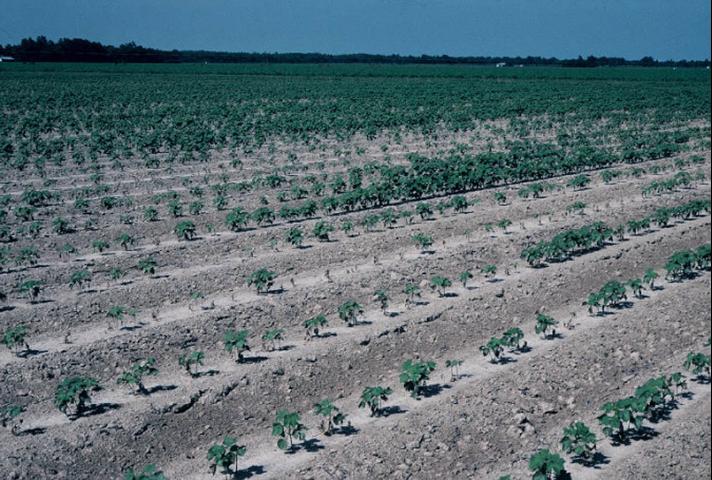
by Zane Grabau | May 5, 2017
Plant-parasitic nematodes can drastically suppress cotton yield, often without noticeable above-ground symptoms. For this reason, nematode management is an important part of a successful operation. Nematicides, pesticides that target nematodes, can be a useful...







